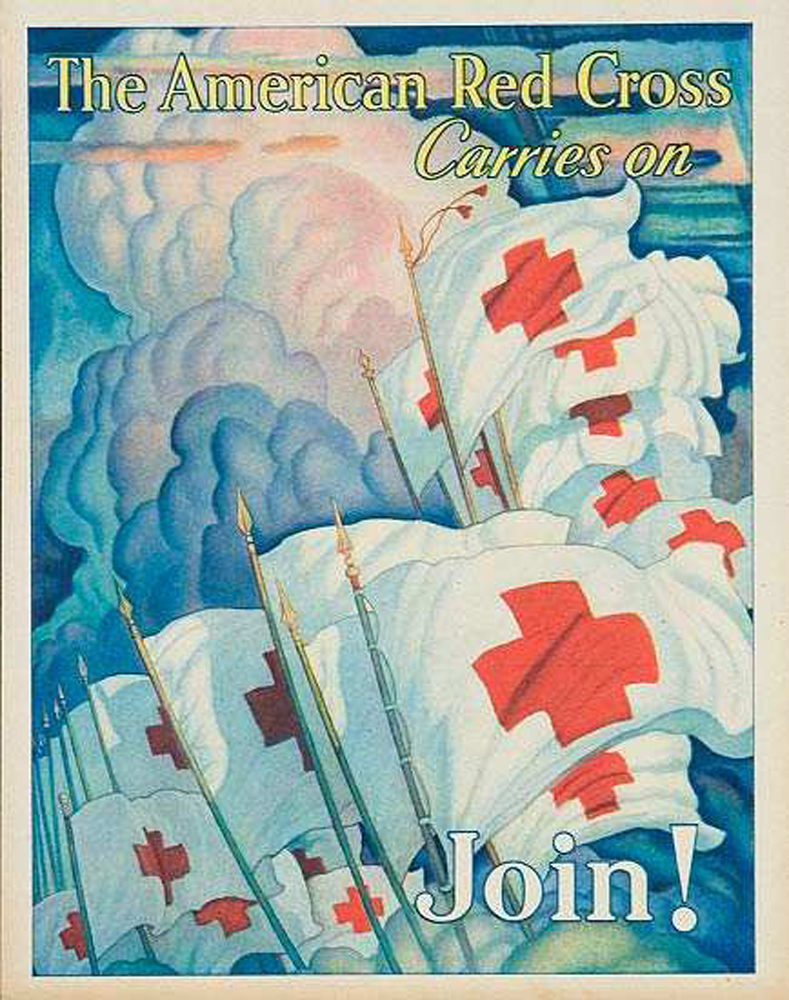With good reason, hurricanes are both a familiar and forbidden subject in the state of Virginia. The Atlantic hurricane season is officially from 1 June to 30 November, with the season’s peak occurring between August-October. During the very active hurricane season of 1933, the Chesapeake-Potomac Hurricane hit coastal Virginia on 23 August 1933, causing catastrophic damage. The storm was first noticed when it was east of the Windward Islands. By 18 August, the tropical storm was 900 miles east of Puerto Rico and within 150 miles of Bermuda, and on 21 August it became a hurricane. On 23 August at 9:20 A.M., the storm changed track and the eye passed over Norfolk, Virginia, and moved north. Some of the lowest pressures ever measured in Virginia occurred with this hurricane. A second hurricane would hit the mid-Atlantic a few weeks later.
The stricken area covered large parts of Norfolk, Princess Anne, Northampton, Accomack, Elizabeth City, York, Gloucester, Mathews, and Lancaster counties. To a lesser extent, Northumberland, Richmond, and Westmoreland counties were also affected. In all, the hurricane caused $27.2 million in damage and fewer than 18 fatalities in Virginia. The 1933 hurricane season left a destructive path all the way into Pennsylvania and remained the worst series of storms on record in the area until Hurricane Isabel in 2003.
In January 1983, on the eve of the 50th anniversary of the hurricane, the Library of Virginia became the recipient of the Mathews County Red Cross Records, 1933-1934, 1950-1970. The bulk of the records, 1933-1934, relate to relief efforts after the Chesapeake-Potomac Hurricane hit Mathews County. During the 1930s, the greatest burden of support and relief to devastated areas fell largely to one humanitarian organization – the American Red Cross. The Mathews County Red Cross Chapter was organized 12 May 1917. At the time of the hurricane in 1933, Reverend C.E. Otey was the local chairman and many of his files are found in the Mathews County collection.
After the hurricane, immediate emergency relief was organized through local Red Cross chapters with assistance from trained disaster workers sent to the area by National Headquarters. The more permanent phase of relief work came with the rehabilitation program. After the investigation of each family’s needs and with the approval of the local chapter committee, materials to rebuild homes and furniture and household goods were issued to those families who were without sufficient resources to meet these needs. Given the already devastating economic situation created by the Great Depression, the larger part of the relief operation was met by the National Red Cross from its own fund. As noted in the promotional pamphlet found in the collection, “an excellent spirit of cooperation prevailed.” Public and private agencies—the state, county, and city governments, welfare departments, the American Legion, the Boy Scouts, the Colonial National Monument (now the Colonial National Historical Park), and various fraternal organizations and church groups—all came together during the crisis and made a difference.
The Mathews County Red Cross Records collection totals 2.8 cubic feet in seven legal-size boxes. Records include merchant accounts and reimbursements, dwelling repairs (approved and disapproved), committee meeting minutes, a storm log, correspondence, warehouse invoices, and dwelling and repair plans. The majority of the collection consists of disaster registration and redistribution cards. These records are arranged alphabetically by surname of relief recipient. Information recorded in the disaster registration cards includes location of disaster relief operation; family surname; names and ages of family members; race; owner or renter of dwelling; pre-disaster address; current address; and items needed (clothing, food, shelter, transportation, medical care, etc.). Should the request have been deemed valid by the Red Cross representative, a disaster redistribution card was filed with the disaster registration card listing the quantity and type of relief items the family was given. A cursory examination of these records shows a disparity in the relief provided for white and African American families. White families tended to receive shelter, medical expenses, and continued clothing supplies that African Americans did not, but a more thorough research of the collection needs to be done to prove such discrimination occurred.
Currently, the Mathews County Red Cross records are open for research and housed at the State Records Center. A debt of gratitude goes to Autumn Simpson, a former LVA intern and volunteer, who did a remarkable job processing and cataloging the entire collection. For further comprehensive information on Virginia’s Hurricane Preparedness program visit the U.S. Department of Housing and Urban Development.
-Callie Freed, Local Records Archivist



















Great look back to Virginia’s disaster history. The best website to learn about Virginia’s Hurricane Preparedness Program is http://www.vaemergency.gov.